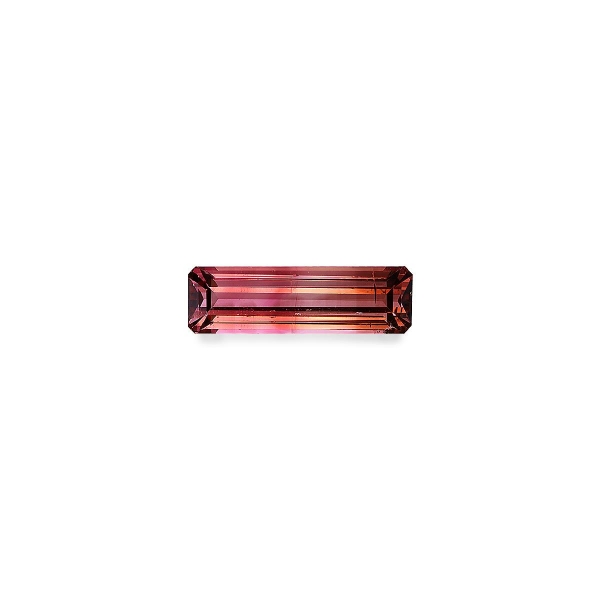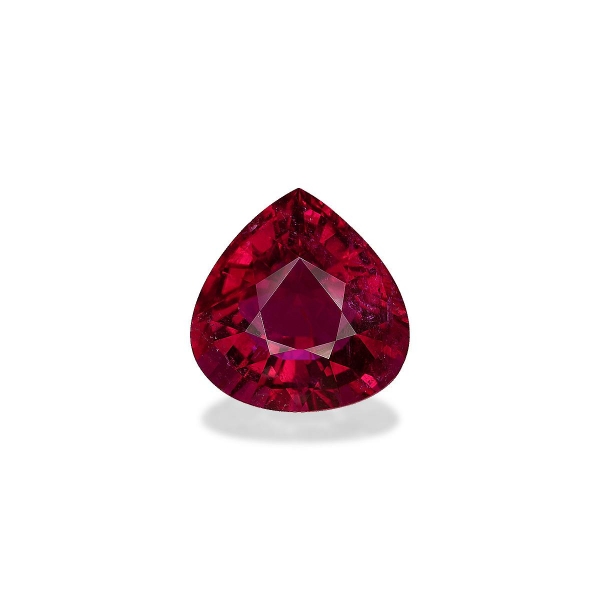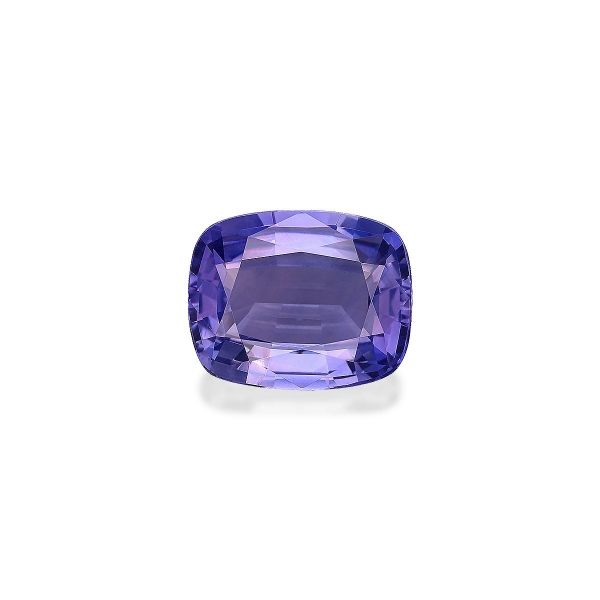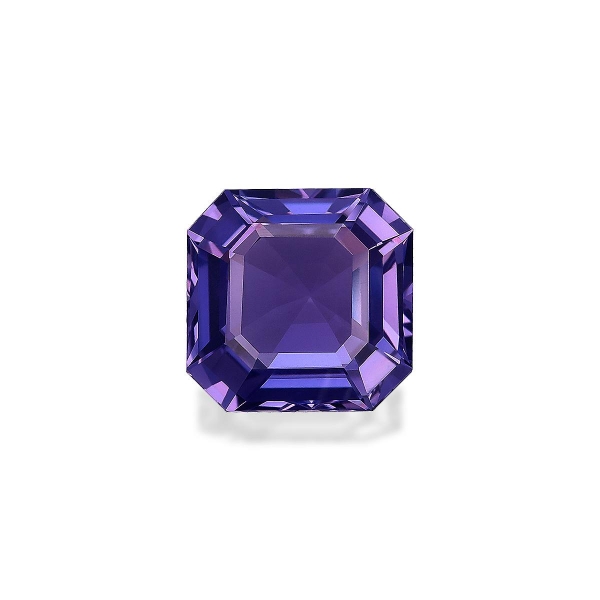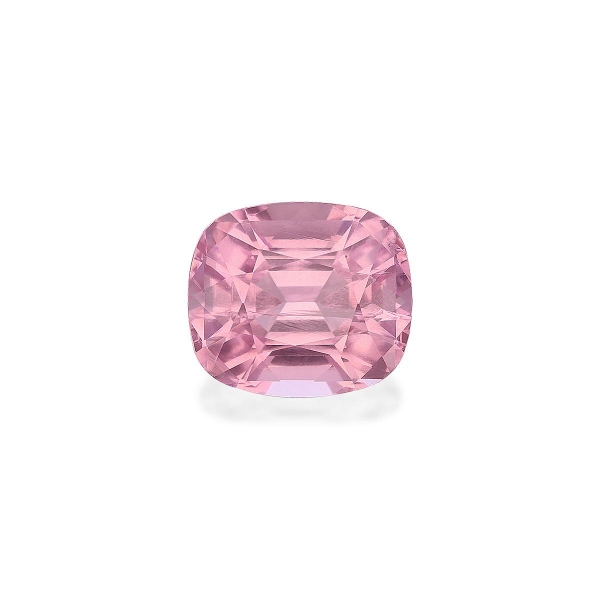| Mineral | Corrundum |
|---|---|
| Chemistry | Al2O3 |
| Color | Pale - Deep Pink |
| Refractive Index | 1.762 - 1.770 |
| Birefringence | 0.008 - 0.010 |
| Specific Gravity | 4.00 |
| Mohs Hardness | 9.0 |
Pink Tourmaline 9.46ct (PT0127)
Pink Tourmaline 21.07ct (PT0206)
Vivid Pink Rubellite Tourmaline 7.78ct (RL1676)
Sapphire 7.54ct (PS0050)
Sapphire 3.86ct (PS0049)
Pink Tourmaline 2.53ct (PT1476)
Mozambique Ruby 2.67ct - 10x8mm (MR0195)
Pink Sapphire Unheated Sri Lanka 4.04ct (PS0047)
Natural Loose Pink Sapphire Unheated Sri Lanka weighing 4.04ct & measuring 9.26 x 8.01 x 6.24 mm from Sri Lanka. The Pink Sapphire is cut in an ideal Cushion shape which compliments the gemstone very well. Certificate also available. Pink Sapphire gemstones are beautiful for all occasions and can be worn for many benefits as well. Please dont forget to check our Gem Journal for more updates on latest trends from the Gemstone and Jewelry Industry


